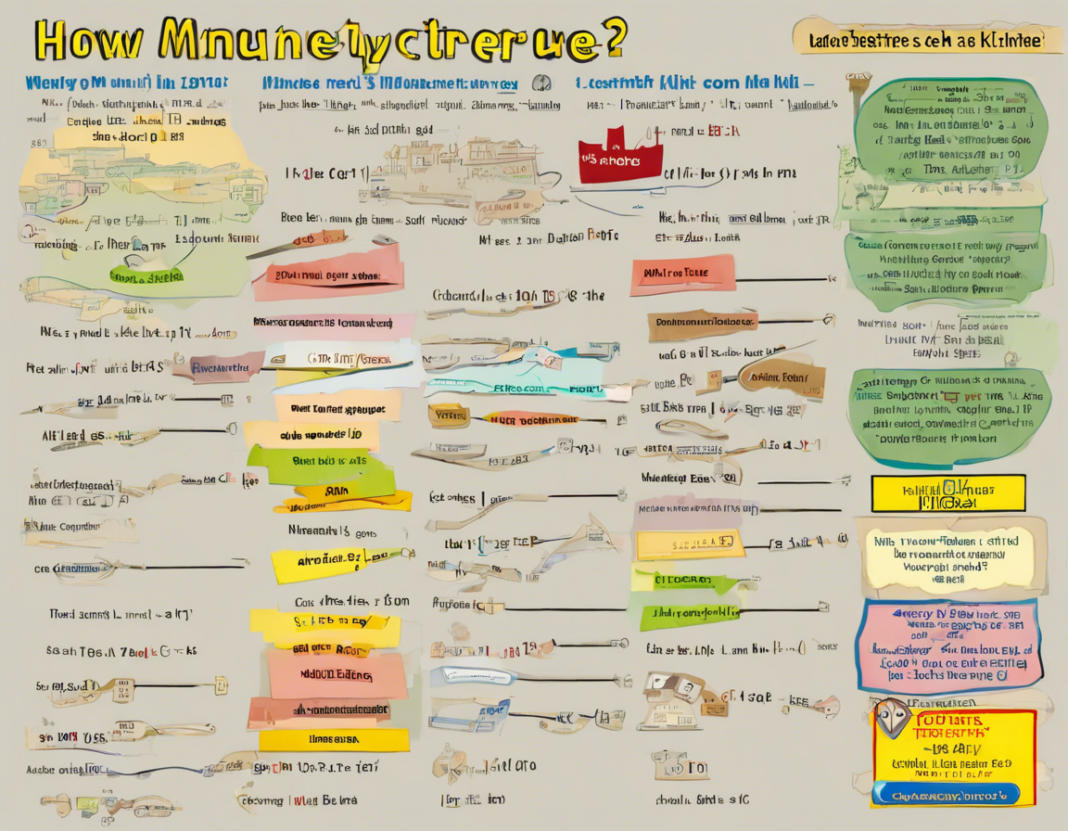Introduction
Converting measurements from one unit to another is a common task in various fields such as mathematics, physics, engineering, and everyday life. One common conversion that often arises is converting centimetres to kilometres. Understanding this conversion can be beneficial in various situations, from calculating running distances to measuring the dimensions of geographical locations. In this comprehensive guide, we will delve into the process of converting centimetres to kilometres with detailed explanations and examples.
Understanding Centimetres and Kilometres
Before we dive into the conversion process, let’s briefly discuss the units involved.
-
Centimetre (cm): A centimetre is a unit of length in the metric system, representing one-hundredth of a meter. It is commonly used for small measurements such as the length of everyday objects, clothing sizes, or even height.
-
Kilometre (km): A kilometre is a unit of length in the metric system, equivalent to one thousand meters. Kilometres are typically used to measure longer distances, such as the length of a road, the distance between cities, or the dimensions of a country.
Converting Centimetres to Kilometres
The conversion from centimetres to kilometres involves scaling down the length from a smaller unit to a larger unit. The key conversion factor to remember is that there are 100,000 centimetres in a kilometre. To convert centimetres to kilometres, you need to divide the length in centimetres by 100,000. The general formula for this conversion is as follows:
[ \text{Length in Kilometres} = \frac{\text{Length in Centimetres}}{100,000} ]
Let’s illustrate this conversion with an example:
Example: Convert 250,000 centimetres to kilometres.
[ \text{Length in Kilometres} = \frac{250,000}{100,000} = 2.5 \text{ kilometres} ]
Therefore, 250,000 centimetres is equivalent to 2.5 kilometres.
Practical Applications
Understanding how to convert centimetres to kilometres can be beneficial in various real-life situations. Here are some practical applications of this conversion:
-
Measuring Map Distances: When dealing with maps or blueprints, converting centimetres to kilometres can help in estimating real-world distances accurately.
-
Fitness Tracking: Converting centimetres to kilometres can be useful for calculating running or walking distances for fitness tracking purposes.
-
Travel Planning: In travel planning, knowing how to convert lengths from centimetres to kilometres can assist in determining distances between destinations.
Tips and Tricks for Converting Centimetres to Kilometres
Here are some tips and tricks to simplify the process of converting centimetres to kilometres:
-
Use a Calculator: While the conversion itself is straightforward, using a calculator can help avoid errors in dividing by 100,000.
-
Round Off: Depending on the level of precision required, consider rounding off the final value to a certain number of decimal places.
-
Practice Regularly: Like any mathematical skill, practice makes perfect. Regularly converting lengths between centimetres and kilometres can improve your fluency in this conversion.
Common Mistakes to Avoid
When converting centimetres to kilometres, there are a few common mistakes to watch out for:
-
Forgetting the Conversion Factor: It’s crucial to remember that there are 100,000 centimetres in a kilometre. Forgetting this factor can lead to incorrect conversions.
-
Misplacing the Decimal: Ensure that you correctly place the decimal point in the final answer when converting lengths with decimal values.
-
Mixing Up Units: Double-check that you are converting from centimetres to kilometres and not the other way around. Mixing up the units can result in errors.
FAQs (Frequently Asked Questions)
- Can I convert centimetres to kilometres using a different conversion factor?
-
While the standard conversion factor is 100,000 centimetres in a kilometre, using a different factor will yield incorrect results. Stick to the standard conversion factor for accuracy.
-
How do I convert a decimal value in centimetres to kilometres?
-
To convert a decimal value, such as 325.5 centimetres, to kilometres, divide the length by 100,000. In this case, 325.5 cm is equal to 0.003255 km.
-
Why is it important to know how to convert centimetres to kilometres?
-
Understanding this conversion can be valuable in various fields, including science, engineering, and everyday tasks. It enables you to work with different units of length effectively.
-
Can I convert centimetres to kilometres without using a calculator?
-
While it’s feasible to perform the division manually, using a calculator ensures accuracy and reduces the chances of errors during the conversion process.
-
How can I double-check my centimetres to kilometres conversion?
- You can verify your conversion by reversing it (i.e., converting kilometres back to centimetres) using the inverse of the conversion factor. This can help confirm the accuracy of your calculations.
Conclusion
In conclusion, mastering the conversion from centimetres to kilometres is a valuable skill that can come in handy in various practical situations. By understanding the relationship between these units and following the simple conversion process, you can accurately estimate distances in kilometres based on centimetre measurements. Remember to practice regularly, avoid common mistakes, and use the tips provided to streamline your conversion process. With this knowledge, you’ll be well-equipped to tackle length conversions effectively in your academic, professional, or personal endeavors.












